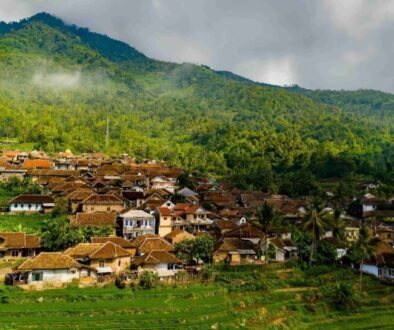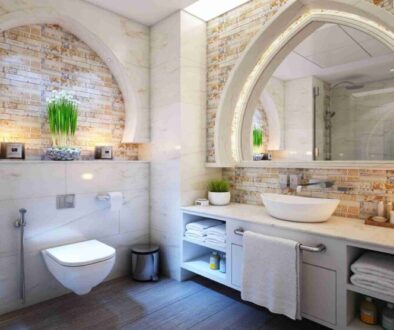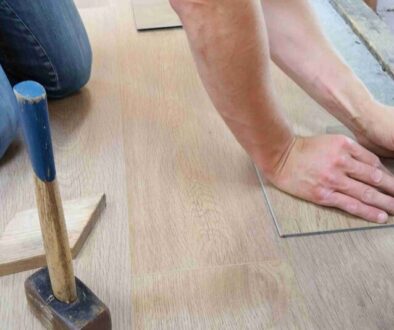Bamboo Houses 101: Benefits, Designs, DIY Tips & Communities
Discover sustainable living with Bamboo House communities. Embrace eco-friendly design and join a green revolution for a harmonious future.
Bamboo House
Have you ever envisioned a home that not only breathes with the rhythm of nature but actively contributes to a sustainable future?
What if we told you there’s a housing solution that harmonizes eco-friendliness with aesthetic allure? Welcome to the transformative world of Bamboo Houses.
Bamboo, a versatile and renewable resource, is redefining the way we think about sustainable living. This blog post explores the various facets of Bamboo homes, unraveling the benefits, design possibilities, challenges, and DIY tips for those eager to embrace an eco-friendly lifestyle.
Our journey into the world of bamboo homes will take you on a journey of sustainable living.
Benefits of Bamboo Houses
Bamboo homes aren’t just about being eco-friendly; they offer a plethora of benefits that extend beyond traditional construction methods.
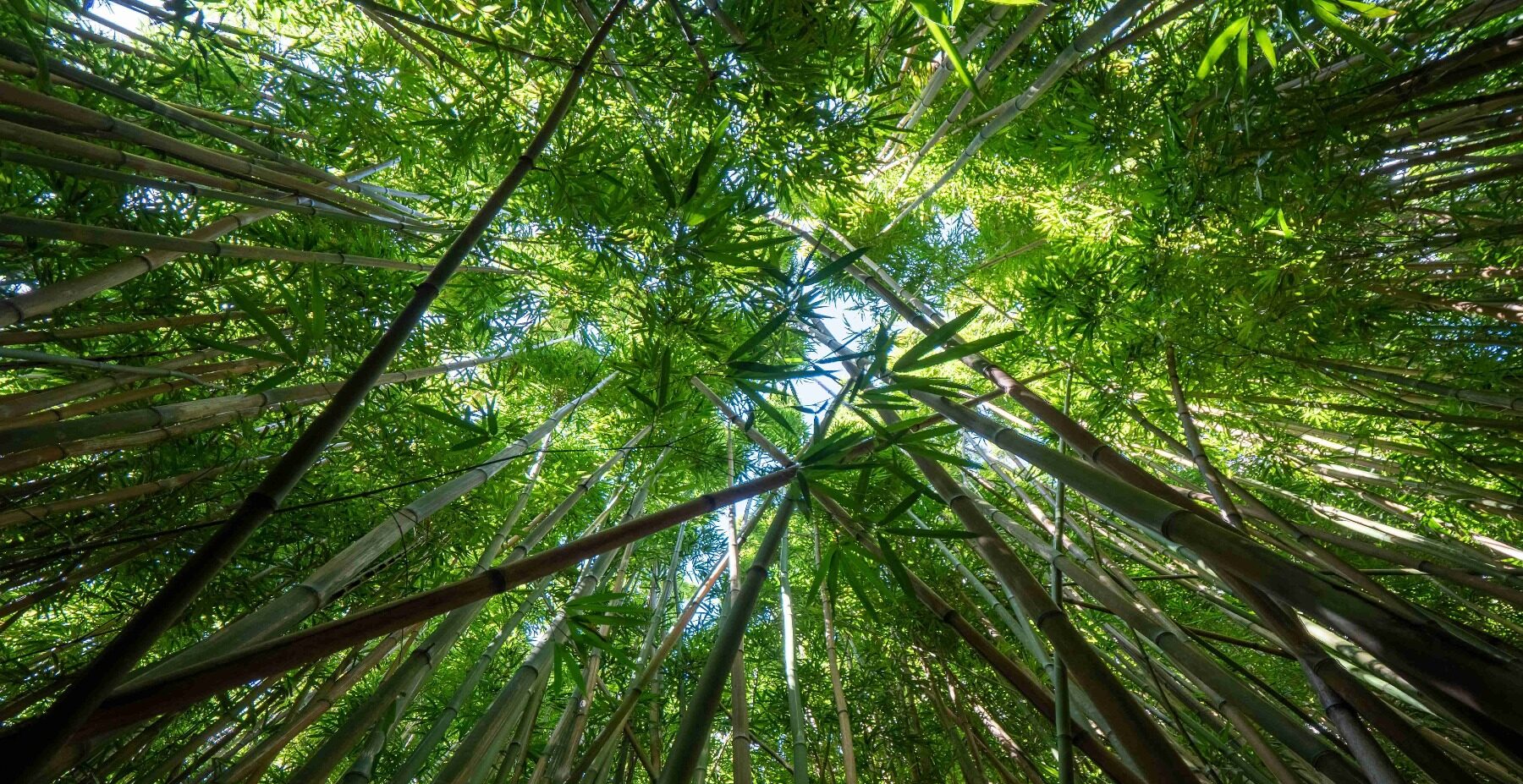
- Eco-Friendly Construction: Bamboo dwelling places prioritize sustainability, utilizing a renewable resource that grows rapidly and reduces the carbon footprint associated with traditional building materials.
- Cost-Effective Living: Opting for a bamboo house translates to affordability, thanks to the abundance and quick regeneration of bamboo, making sustainable living accessible to a broader audience.
- Natural Insulation: Bamboo’s inherent properties act as a natural insulator, keeping homes cooler in the summer and warmer in the winter, promoting energy efficiency and reducing utility costs.
- Strength and Durability: Despite its lightweight appearance, bamboo is incredibly strong and durable, providing a sturdy foundation for houses that can withstand various weather conditions.
- Versatile Design Options: Bamboo offers architects and homeowners versatile design possibilities, from traditional to modern styles, creating visually appealing and distinctive homes.
- Rapid Growth Cycle: Bamboo’s fast growth cycle allows for quicker construction, making it an ideal choice for those looking to build sustainable homes within a shorter timeframe.
- Reduced Environmental Impact: Choosing bamboo houses contributes to the conservation of forests, as bamboo harvesting has a minimal impact compared to traditional timber logging.
- Minimal Maintenance: Bamboo homes require less maintenance than conventional homes, as bamboo is naturally resistant to pests and decay, ensuring long-lasting structural integrity.
- Cultural and Aesthetic Significance: Bamboo homes often incorporate cultural elements, connecting residents to a rich heritage, while the unique aesthetic appeal of bamboo adds charm to the living space.
- Community and Global Impact: Embracing bamboo homes fosters a sense of community engagement and promotes global environmental responsibility, inspiring a shift towards sustainable living practices.
Design and Architecture of Bamboo Houses
Moving beyond the benefits, the design and architecture of bamboo homes play a pivotal role in making them not just sustainable shelters but also aesthetically pleasing homes. We will be showcasing the innovative and visually striking aspects of bamboo-centric design.
Introducing Design and Architecture
Bamboo houses stand out not just for their eco-conscious construction but also for their captivating design and architecture. Bamboo homes encapsulate a harmonious blend of functionality, aesthetics, and environmental responsibility.
Let’s embark on a journey of bamboo home design, where innovation meets eco-friendliness, creating homes that are not only built to last but are also a testament to the beauty of sustainable living.
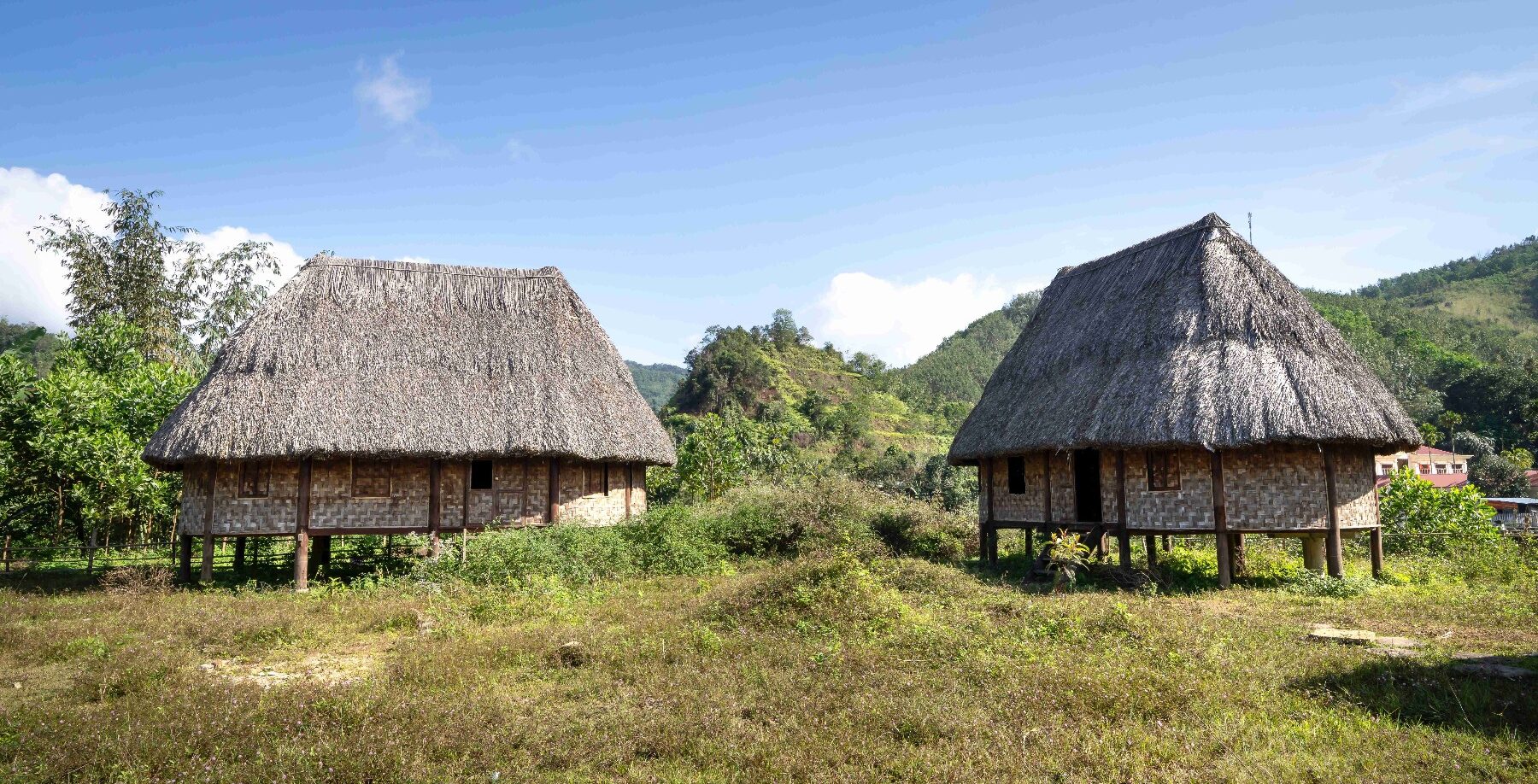
Innovative Design and Aesthetic Appeal
Versatility in Bamboo House Design:
Bamboo houses offer a versatile canvas for architects and homeowners to express their creativity. From sleek, modern designs to charming traditional styles, the adaptability of bamboo allows for a wide range of architectural possibilities.
Integration with Natural Surroundings:
Bamboo house designs often prioritize a seamless integration with the natural environment. Large windows, open spaces, and thoughtful layouts enhance the connection between the inhabitants and the surrounding landscape.
Eco-Friendly Building Techniques:
The design of bamboo houses incorporates eco-friendly building techniques, utilizing the strengths of bamboo as a construction material. This includes innovative methods like bamboo framing, which enhances structural integrity.
Aesthetic Elements:
Beyond functionality, aesthetic elements play a crucial role in bamboo house design. The natural beauty of bamboo, combined with the creative use of lighting, colors, and textures, results in homes that are not just eco-friendly but visually stunning.
Space Optimization:
Bamboo house architects often prioritize efficient use of space, creating compact yet comfortable living areas. Smart design solutions, such as multi-functional furniture and modular layouts, contribute to optimized living spaces.
Sustainable Interiors:
The focus on sustainability extends to the interiors of bamboo houses. Design choices such as recycled and upcycled furniture, energy-efficient appliances, and eco-friendly décor contribute to a holistic eco-conscious living experience.
Cultural Influences in Design:
Many bamboo home designs draw inspiration from cultural elements, reflecting the rich heritage associated with bamboo in various regions. This infusion of cultural influences adds depth and character to the design.
Integration of Technology:
Bamboo house architects explore the integration of technology to enhance the living experience. From smart home features to sustainable energy solutions, these houses embrace modern advancements without compromising their eco-friendly ethos.
Accessibility and Inclusivity:
Bamboo hut designs can cater to diverse needs, promoting accessibility and inclusivity. Thoughtful design considerations ensure that bamboo houses are not just environmentally responsible but also welcoming to individuals of all abilities.
Future Trends in Bamboo House Design:
As bamboo dwelling places continue to gain popularity, emerging trends in design and architecture are shaping the future. This section will explore what lies ahead, providing readers with insights into the evolving landscape of bamboo-centric living spaces.
Challenges in Bamboo House Construction
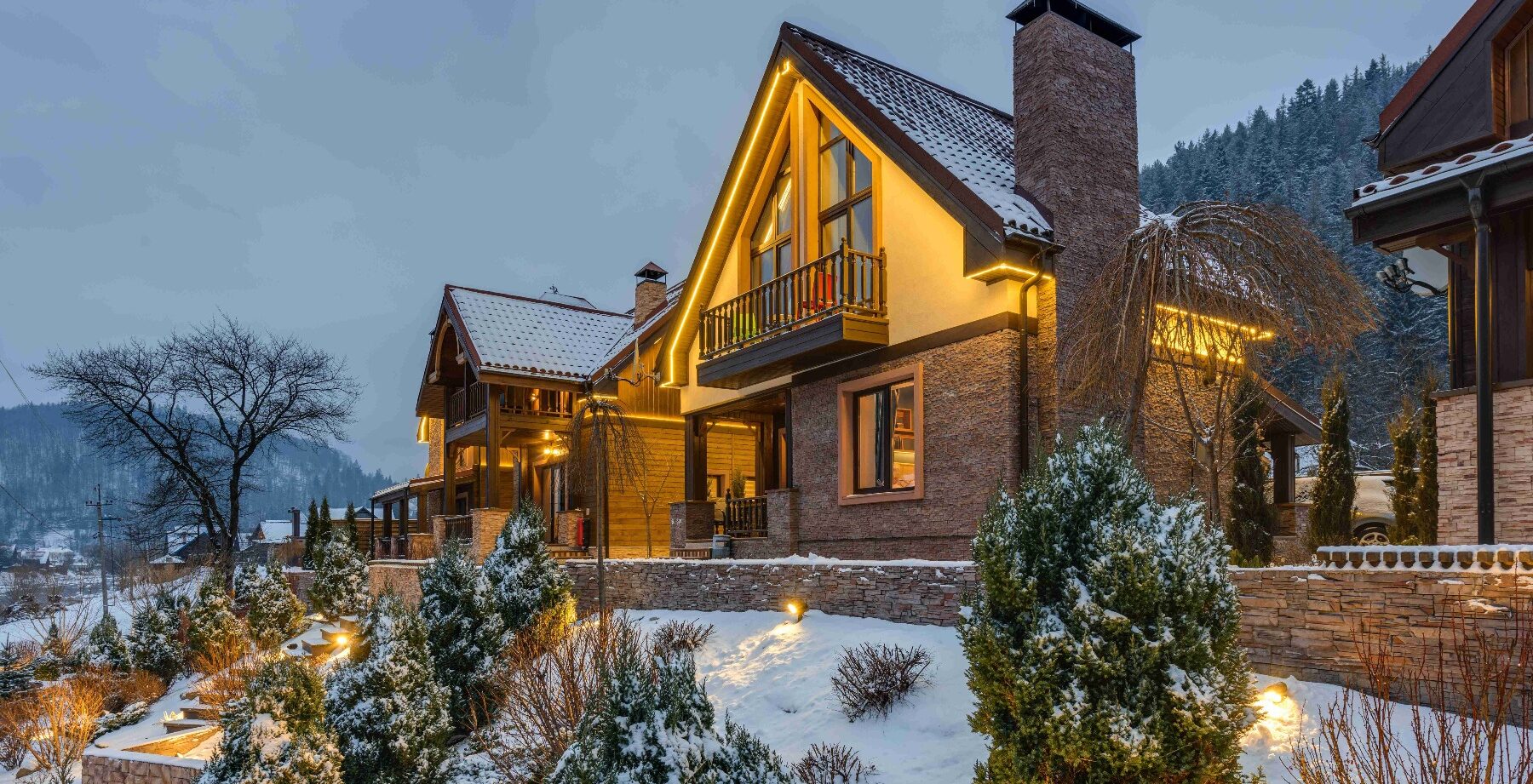
Structural Integrity Concerns
Constructing a bamboo house requires meticulous attention to structural integrity. Challenges may arise in ensuring that the bamboo framing provides sufficient strength and stability. Solutions involve proper treatment of bamboo, strategic placement, and engineering techniques to enhance durability.
Weather and Environmental Impact
Bamboo is susceptible to weather conditions and environmental factors. Challenges include potential decay and vulnerability to pests. Solutions encompass proper sealing, regular maintenance, and selecting bamboo species resistant to local climate challenges.
Building Code Compliance
Adhering to building codes and regulations can pose a challenge in some regions when using unconventional materials like bamboo. Solutions involve collaboration with local authorities, showcasing the structural viability of bamboo, and promoting awareness about its sustainable qualities.
Perception and Stigma
Overcoming societal perceptions and stigmas associated with bamboo as a “primitive” or “temporary” building material is a significant challenge. Solutions include education on bamboo’s strength, versatility, and potential for modern, long-term construction.
Skill and Knowledge Gaps
Bamboo house construction requires specific skills and knowledge. Challenges may arise due to a lack of expertise among builders. Solutions involve training programs, workshops, and educational initiatives to equip construction professionals and enthusiasts with the necessary skills.
Navigating through these challenges is crucial for successful bamboo home construction.
DIY Tips for Building Bamboo Houses
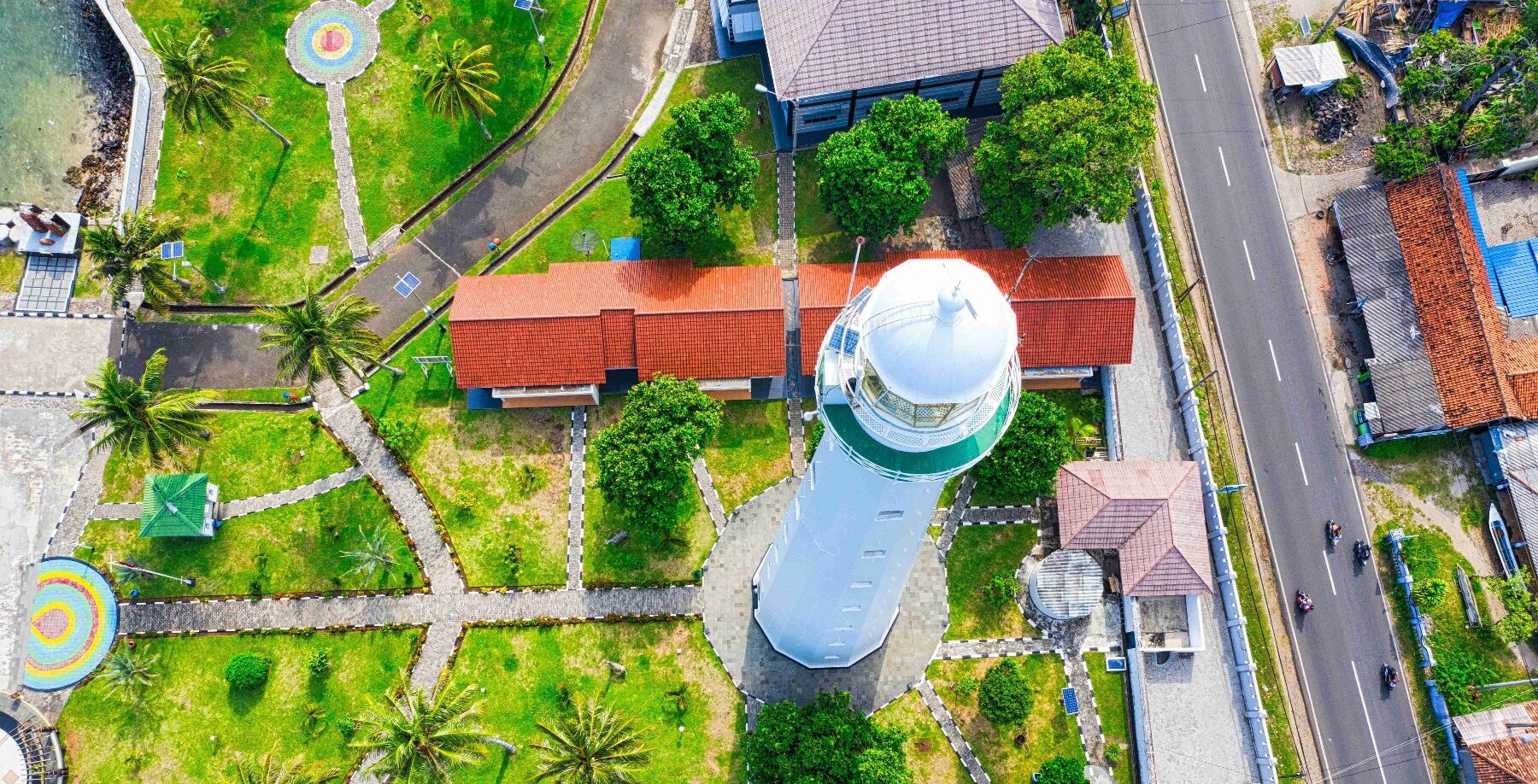
Selecting Quality Bamboo
Choose mature, straight bamboo poles with thick walls for optimal strength. Check for signs of pests, cracks, or mold, and treat the bamboo appropriately before use.
Proper Treatment for Durability
Apply a preservative treatment to protect bamboo from decay, pests, and weathering. This step is crucial for enhancing the longevity of your bamboo house.
Precision in Joinery
Mastering bamboo joinery is key to a sturdy structure. Invest time in learning and practicing techniques such as lashing, splitting, and binding for secure connections.
Elevated Flooring Solutions
To prevent direct contact with the ground and potential decay, elevate the bamboo home above the surface. Use concrete blocks or bamboo stilts as a foundation.
Thorough Waterproofing
Ensure comprehensive waterproofing to shield your bamboo house from rain and humidity. Apply a waterproof sealant or natural alternatives like boiled linseed oil for protection.
Ventilation Design
Incorporate proper ventilation into your bamboo home design to prevent moisture buildup and enhance air circulation. Well-ventilated spaces contribute to a comfortable living environment.
Regular Maintenance Routine
Establish a routine for inspecting and maintaining your bamboo house. Address any signs of wear, tear, or damage promptly to ensure the longevity of the structure.
These concise DIY tips aim to equip enthusiasts with practical insights for successfully building their bamboo dwelling places.
Bamboo residence communities
Green Haven Community, Oregon
Nestled in the lush landscapes of Oregon, the Green Haven Community stands as a shining example of eco-friendly living. Comprising bamboo houses and other sustainable structures, this community fosters a strong sense of environmental responsibility.
Residents enjoy communal gardens, shared renewable energy sources, and collaborative efforts towards minimizing their ecological footprint.
Bamboo Trails Eco-Village, California
The Bamboo Trails Eco-Village in California exemplifies a harmonious blend of modern living and sustainable practices. This community embraces bamboo houses as a primary construction material, promoting energy-efficient designs and green technologies.
Residents actively participate in eco-conscious initiatives, from rainwater harvesting to community-wide recycling programs.
Bamboo Grove Community, Hawaii
Hawaii’s Bamboo Grove Community offers residents a tropical paradise infused with sustainable living practices. Bamboo houses dot the landscape, seamlessly blending with the natural surroundings.
This community prioritizes self-sufficiency, with shared permaculture gardens, renewable energy solutions, and a commitment to preserving Hawaii’s unique biodiversity.
Overview
From individual homes to thriving communities, bamboo’s versatility and eco-friendly attributes redefine our perception of modern habitats. Embracing bamboo houses offers a path to environmental stewardship, community collaboration, and a future where our living spaces harmonize with nature. Explore the possibilities, and let bamboo homes be the foundation for a sustainable tomorrow.
Discover the beauty of bamboo in design – elevate your space today!

